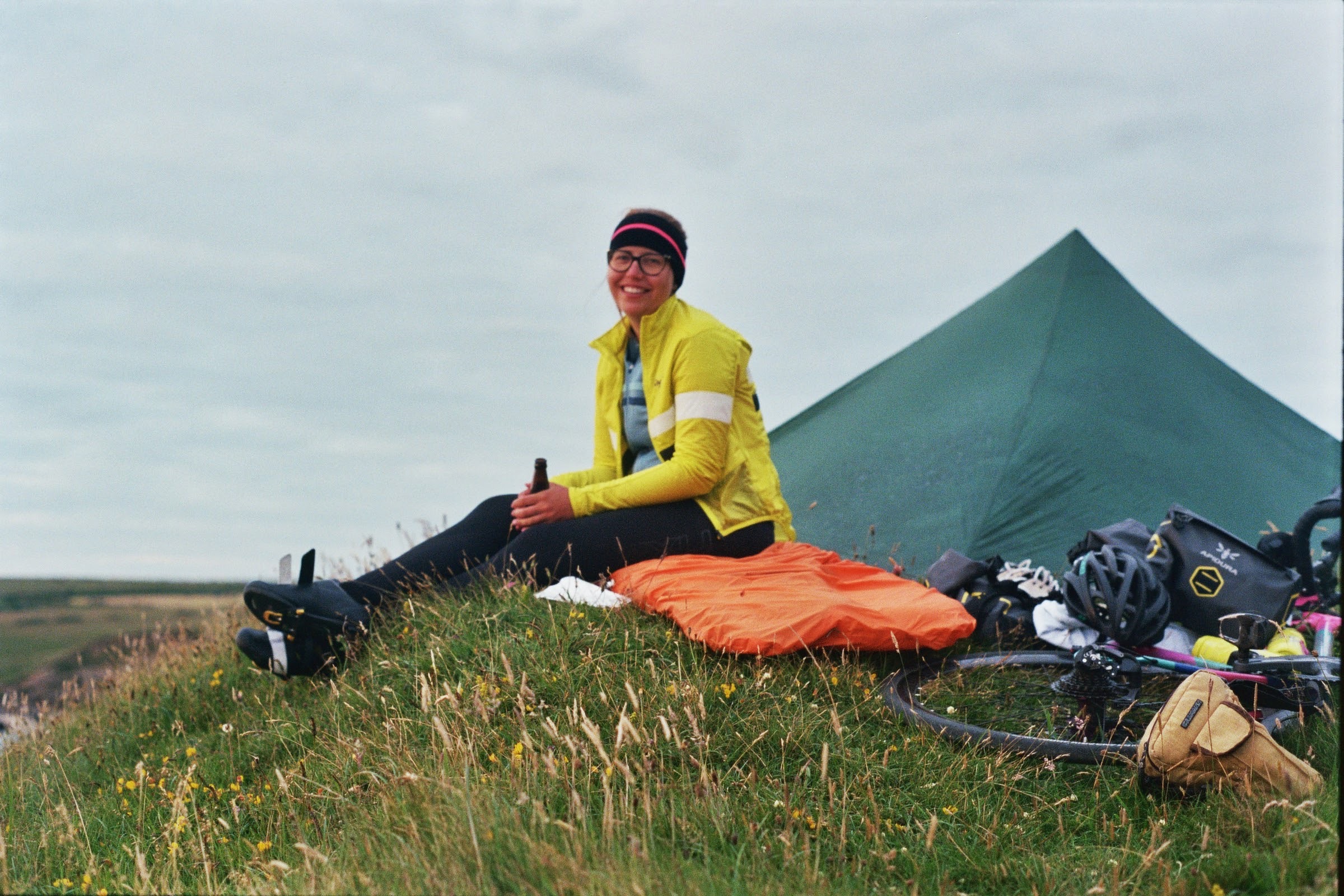Bikepacking tips – advice and inspiration for first-time bikepackers
We speak to some of the most experienced bikepackers around for their best bikepacking tips for beginners
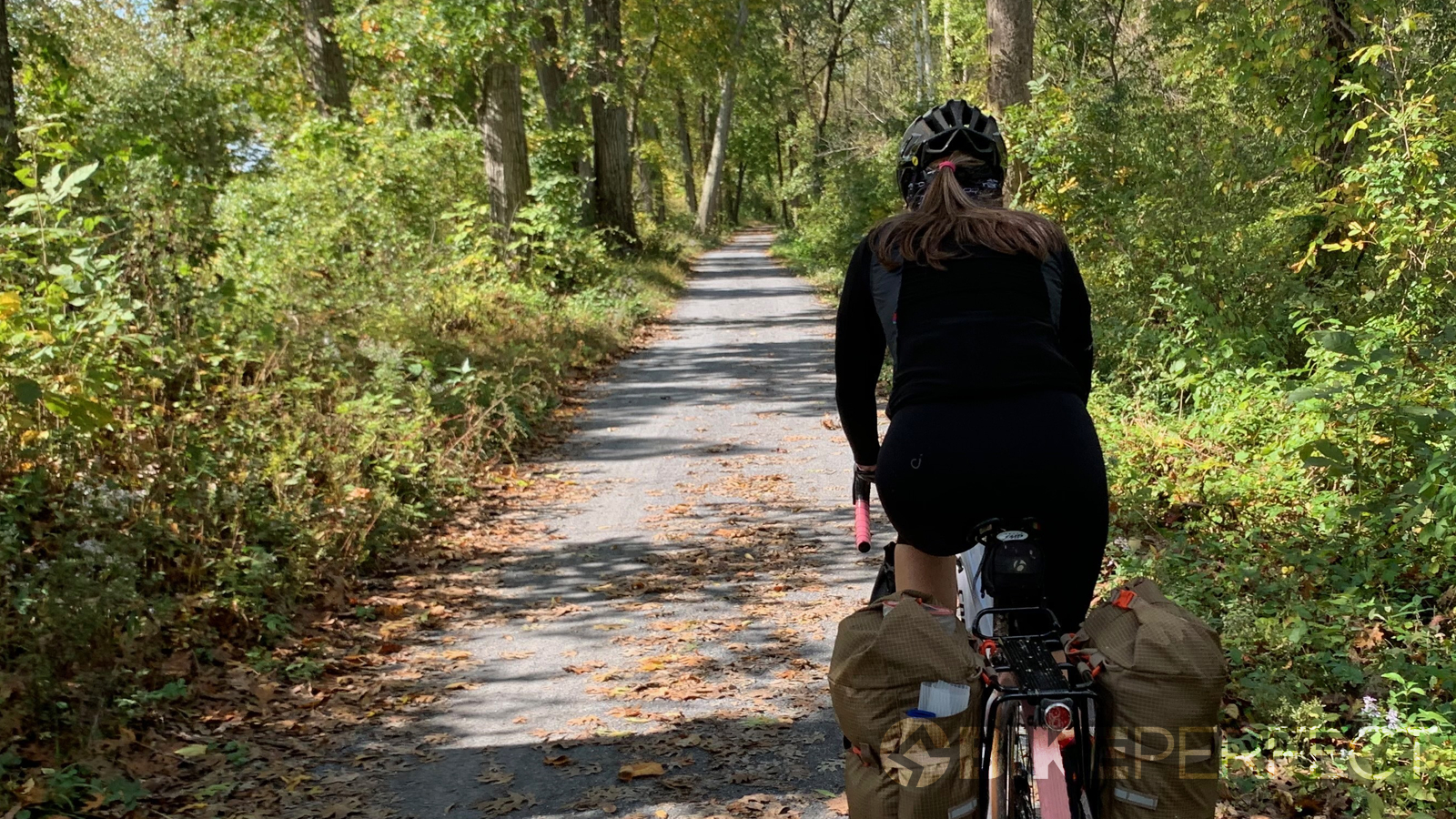
Bikepacking has exploded in popularity in recent years and it’s no surprise. The joy, freedom, and sense of adventure it brings are unique. Bikepacking is characterized by loading up your bicycle with all you need for a minimalist outdoor existence and pedaling away into the distance with a grin on your face. Born out of cycle touring, bikepacking tends towards exploring off-road as bikes and equipment evolved. This has opened up so many possibilities from fast-far endurance rides across continents to singletrack adventures on full-suspension mountain bikes.
There is no definition of what is bikepacking and no right or wrong way to go about it, but there is still a host of basic tips that can help us all.
Loosely, it’s about a degree of minimalism, dusted with self-sufficiency and served with a great big dollop of adventure. That is the beauty of this new genre; it’s evolving, it’s fluid. You get to make the rules! On-road, off-road, ultra-lightweight, or take your dog or children in a trailer – it's entirely up to you.
The difficulty with a whole world of possibilities can be knowing where to start. To inspire you, we’ve interviewed some experienced hands from the world of bikepacking to bring you their top bikepacking tips. And once you've read this article, you might want to check out our guide to bikepacking essentials.
Anyone can be a bikepacker
While the outdoors doesn’t discriminate, there is no ignoring the fact that there are barriers to everyone enjoying access to exploring wild places. From physical barriers to disabled and adapted riders to marginalizing and silencing BIPOC, LGBTQ+, and other diverse identities.
So how do you adventure when you can’t see others like you showing you that bikepacking is for you? Ultra distance cyclist and engineer Vera Ngosi-Sambrook shares her own experience: “Find your communities and groups where you have a safe space to ask the questions you may otherwise be shy about. That’s where the Women of Colour Cycling Collective was really helpful.”
Scottish hand cyclist Neil Russell is also a seasoned bikepacker. “Camping actually isn’t totally out the question for adaptive riders,” he says, fresh from a bikepacking trip to Loch Laggan.
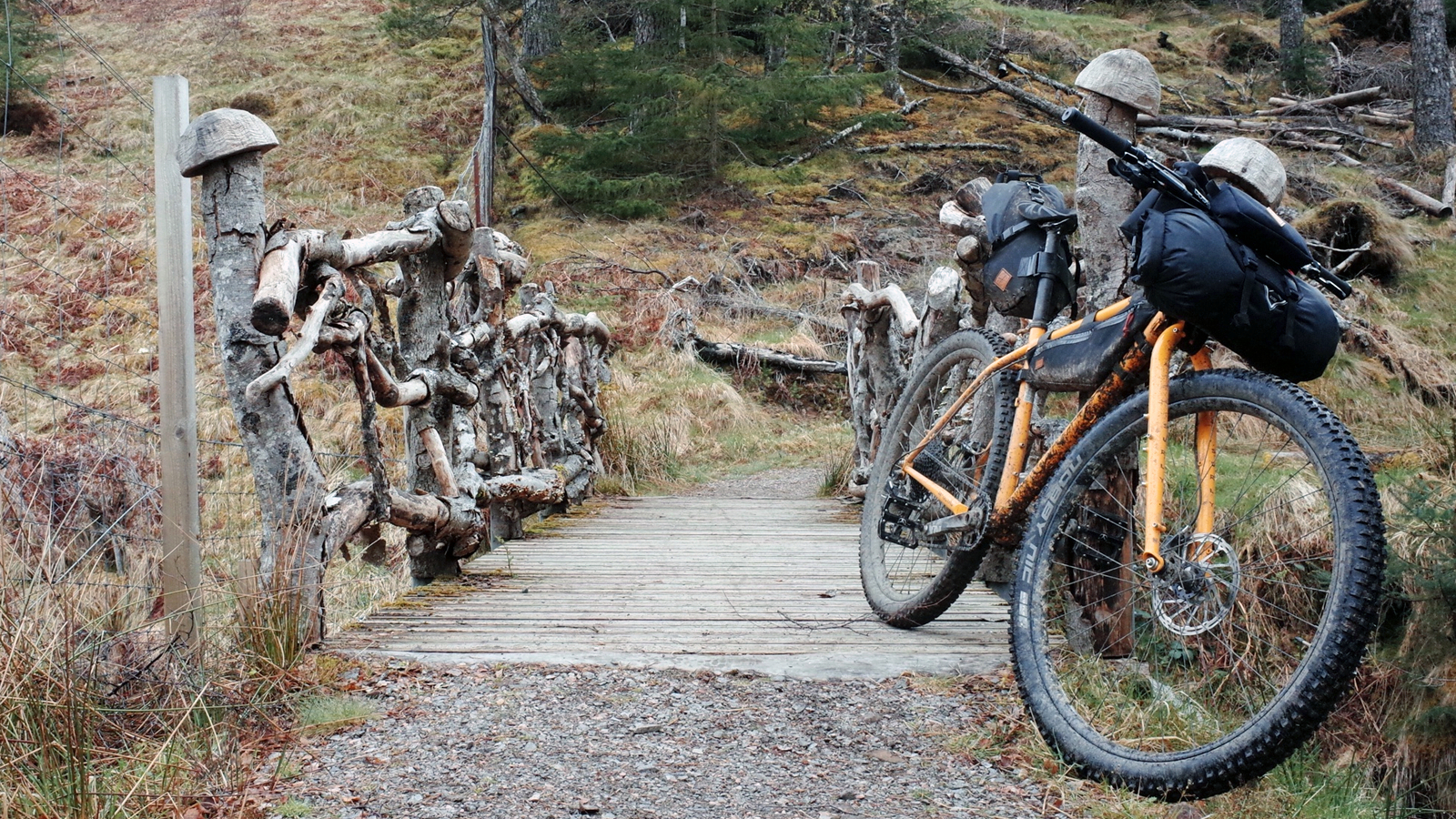
The best bikepacking bike is the one you already own
Yes, we can all dream about the next bike purchase we might make, but with current stock availability and the climate emergency, we are all thinking about buying less, reusing, or buying secondhand. I even spied a Brompton on this year’s Pan Celtic Race, so there is nothing wrong with taking your trusty commuter or utility bicycle off on holiday!
If you’re bikepacking curious, then have a go with what you have - just choose an appropriate route. If you have a road bike then you probably don’t want to go off-road, so opt for a coast to coast on tarmac instead. Top tips for adapting what you have from Shona of Manchester’s Keep Pedalling bike shop is to “maximize your tire clearance for comfort. If the geo is 'sporty' then often the stem will be pointing downwards. Flipping the stem will instantly give a slightly more relaxed position and doesn't cost anything.”
- Bikepacking the Colorado Trail
- Bikepacking in the USA: everything you need to know
Know yourself
Fresh off the Rapha Pennine Rally, Author, ex-courier, and Transcontinental Race winner Emily Chappell reflects on all the wonderful riders she saw confidently embracing their unique bikepacking style. “You really couldn’t say there’s a right way or wrong way of doing it," she says. “From gravel bros with baggy shirts and whisky in their back pockets to the Steezy Collective going along at party pace stopping to make coffee at the side of the trail.”
When asked to comment on their enviable bikepacking style, the Steezy Collective replied, “Any adventure counts, whether your trip is round the corner or a multiday gravel fest, it is all bikepacking and bikepacking counts."
So the first bit of advice is to check in with yourself. What is important to you? How far do you want to travel? How fast do you want to get there? Do you prioritize comfort over traveling light? How many times a day do you want to stop for cake? For you, does bikepacking mean spending a night outside or will you enjoy it more if you’ve arranged overnight accommodation?
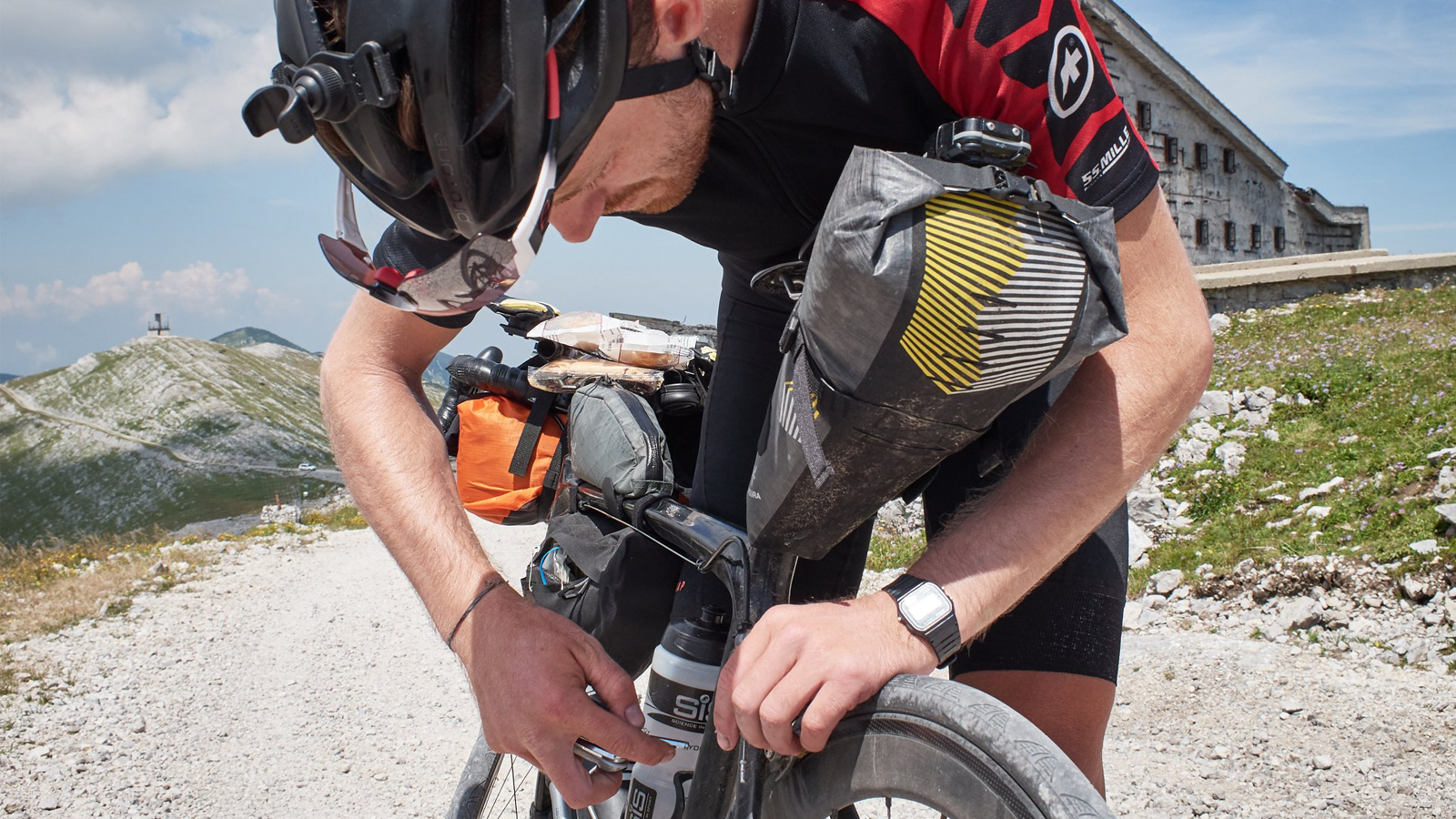
Know your bicycle
The two essential ingredients for a bikepacking adventure are you and your bike. While the human component can generally be looked after with good amounts of rest, food, and a dry pair of shorts, the bicycle can require a bit more attention. Jenni Gwiazdowski, the director of London Bike Kitchen says, “As a mechanic, I'm legally required to tell you that you should do a thorough inspection of your bike at least a couple weeks before you go! Don't leave anything to the last minute to fix!” The LBK is now running online fix-a-longs if you want to learn a bit more about fixing your bike, the 'M-check-a-long' being perfect to do before your adventure.
Be present
Ground yourself in your own experience and avoid comparing your adventure to those of others. Zahir Nayani, the founder of the Fasted 500 Ramadan Cycling Challenge, says “Take the curated social media rosiness with a big pinch of salt.” Don’t let perfection get in the way of good!
Another way to stay present is to focus on the landscape rather than your performance. “Don’t focus on the stats!” urges Vera. While her day job is as an engineer, all numbers are out the window when she gets on her bike. “We live in such a data-heavy world, forget about segments. Don’t focus on how fast or slow you’re getting to your destination. It’s meant to be fun. Don’t make yourself suffer to try and be cool!”
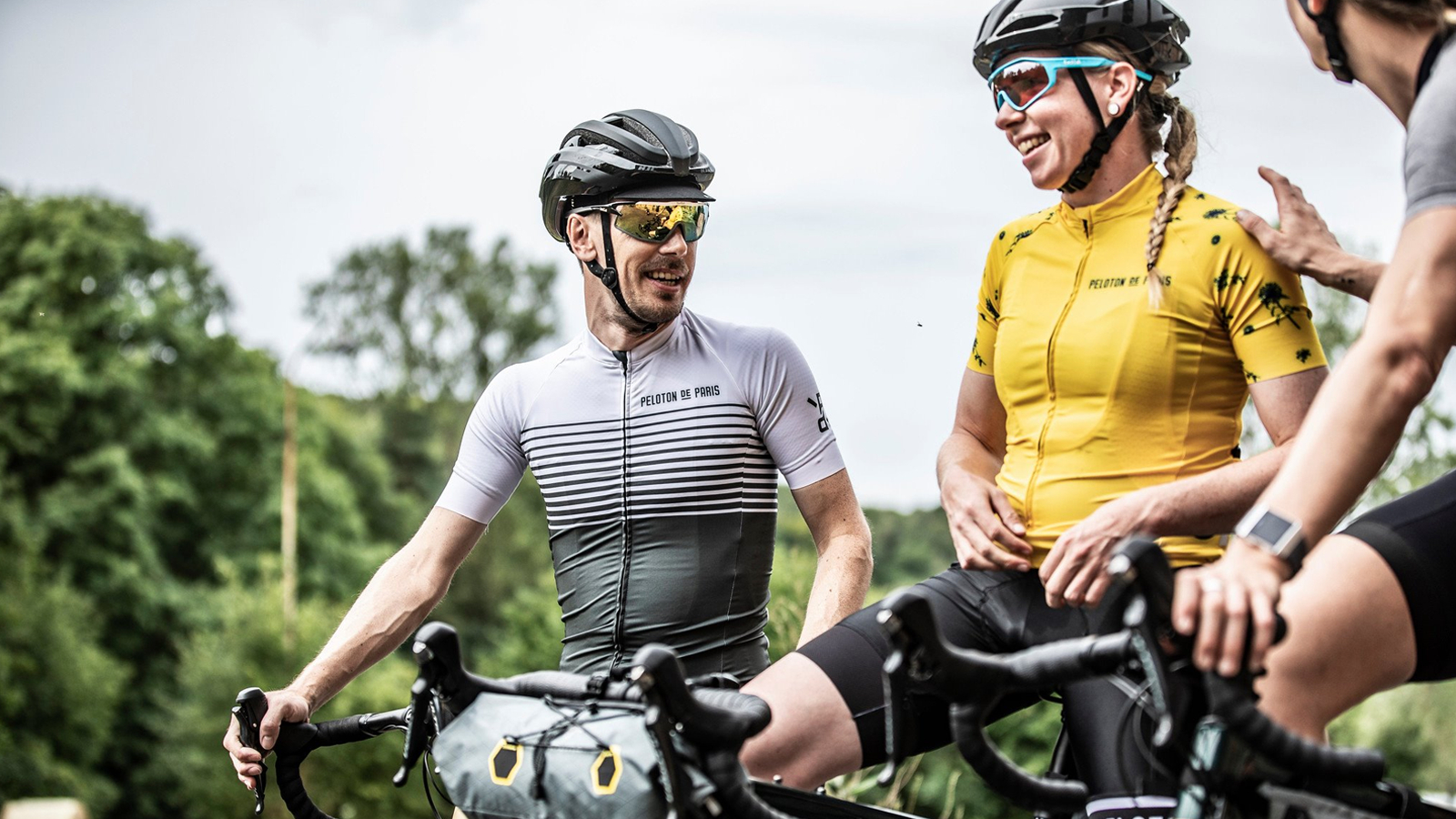
Start small
No one feels ready, but there are ways to gradually push your boundaries, growing your comfort zone at a rate that feels right for you. Liam Glen, a two-time winner of the Highland Trail 550 - a mountain biking race in the highlands of Scotland - recommends that everyone start small. "Treat it as a long-term process, accumulating knowledge, confidence, and gear."
Frame builder Adeline Moreau is another advocate of starting small. “There’s no shame in practicing [sleeping] in the garden.” When you’re ready to venture further afield you can always pick a friend’s house or somewhere familiar not too far from home. The worst-case scenario is you pedal back if you’re not having a great time.
As you start to build up, take things step by step. Sharing her learnings from preparing for the Pan Celtic Race, Vera advises, “Don’t plan a really ambitious route if you’re carrying loads of stuff. Start getting used to a loaded bike on an easier route.”
- Bikepacking vs touring: Understanding the differences
- Bikepacking routes: The best biking adventures from around the world
Be curious. Embrace the unknown
Trying something new can be scary and can trigger feelings of anxiety. If it’s fear and worry that is playing on your mind, then Vedangi Kulkarni, the youngest woman to cycle around the world, has some words of wisdom for you: “Start by asking yourself what worries you, what are you scared of? Follow that up with a mental risk assessment. What’s the worst that can happen? How am I prepared to combat that? If fear is stopping you, remind yourself of the times that things did go wrong and you kept calm and made things work.”
In the same way that we have to exercise our legs to build muscle, we also need to exercise our brains to build our mental strength. “Step out of your comfort zone often, doing one thing a little different, a little better each time," Vedangi reassures. "You will figure out what works for you!”
The Steezy Collective has been seen out and about on some group bikepacking trips this summer. “Going with a group always makes it seem less scary and more attainable. Our trips have always had a range of experience and everyone learns from each other.”
You don’t need all the gear! You just need some ideas
Bikepacking has been defined by images of bikes with everything neatly packed away into saddlebags, panniers, frame bags and handlebar rolls. But you don’t need to invest in lots of new luggage in order to get started. You can stuff it in a rucksack, strap some shopping bags or dry bags to your bike, or ask around to see if someone has some gear you could borrow.
And the golden advice for bikepacking is to make sure that everything you take has more than one use. “It helps to be creative,” says Vedangi, who goes on to explain how she has used gear cables to remove quick links, plasters to boot tires, and even used moisturizer on her chain (which she wouldn’t recommend but did work when she’d exhausted all other options).
Of course, the lighter you load a bicycle, the easier it will be to pedal or push uphill. There is a tendency to obsess over ultra-lightweight equipment and chop the handle off your toothbrush, but there is also an art in knowing what to pack and what not to pack.
Individuals have different approaches to this depending on the relative importance they place on weight and comfort. Ultra cyclist James Hayden is lucky enough to own good quality equipment, but he doesn’t obsess over grams.
“Comfort is my primary concern and having everything I need and nothing I don't," he said. "The weight will be what it is.“
Randonneur Mike Warren has a great tip for refining your packing and gear list with time: “When you come home from your first trip, make a pile of all the kit you didn’t use. Next trip, aim for a smaller pile.”
And of course, “going for a shakedown ride is invaluable. There's nothing worse than setting off on a trip and finding that you're having to stop every 20 minutes to adjust a bag that's rubbing on your wheel or frame etc.” Expert advice doesn’t come more expert than Shona’s.
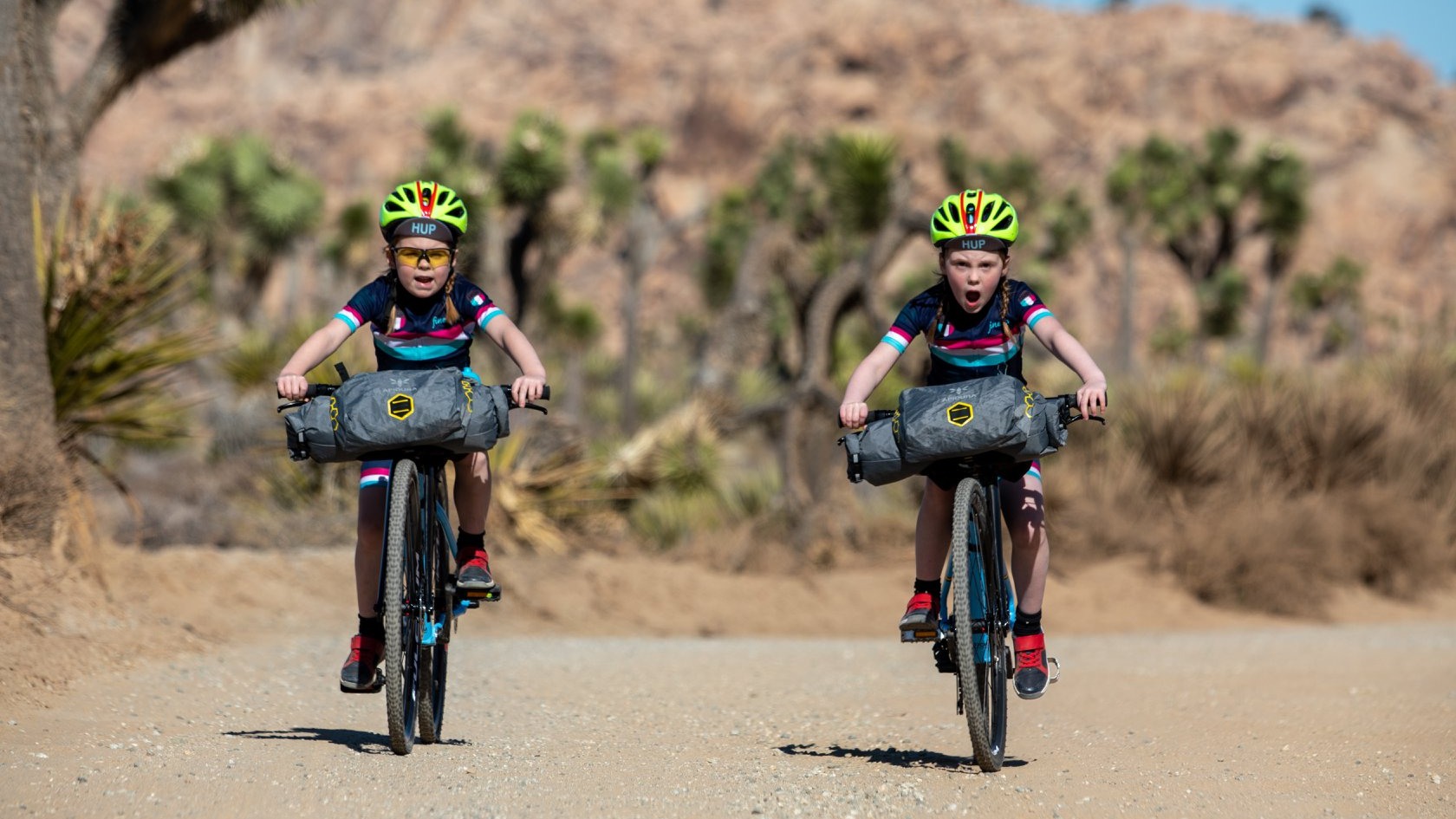
Bring the family
Adventures don’t need to stop when little ones arrive. In fact, bikepacking can be a great way to entertain and educate the future generation of adventurers. This summer my heart has been filled by friends sharing pictures of their children in bike seats, trailers or follow-on tandems.
Rad dad Rob Byrne’s top tip for adventuring with a small is to stay relatively close to home. “You don't have to be in the middle of nowhere to enjoy the wild," he says. "There are loads of nearly wild campsites all over the country. Give yourself loads of time to get where you're going.”
Laura Moss, world cyclist and Cycle Touring Festival organizer echoes the advice on allowing lots of extra time: “Patience and planning plenty of playground stops! But overall I'd say to just do it. Our boys love it - they really enjoy being outside so much and having so much freedom.”
As your little ones grow, you might want to start to venture further. Father and Son Rich and Tom Seipp have accomplished a number of long-distance adventures together including the Tour Divide. Rich shared some insights into how they developed their riding:
“Pick a route with options of varying difficulty so that if everyone is feeling good then you could go for a longer, more difficult option but still giving the option for an emergency escape," he said. "One of the biggest learnings was probably how much Tom surprised me. His abilities were way past what I would've expected! Don’t underestimate your child.”
Leave no trace
It would not be responsible of me to write a bikepacking tips piece without encouraging you to be excellent ambassadors for the world of bikepacking when it comes to looking after the beautiful landscapes we are so privileged to enjoy. For this section, I sought the advice of good friend, bikepacker, and countryside ranger Lauren Holt.
“As countryside users, it can be so easy to imagine that our actions have a lesser consequence or are insignificant out in big outdoor spaces,” she said.
While we (hopefully) all now realize that dropping litter and leaving things behind is out of the question, are there things that we might innocently do as a countryside user that we wouldn’t know cause harm?
Lauren adds: “As a countryside ranger, one of the most disheartening things to come across is a fire site. Firstly, it’s illegal [in the UK] and the damage to the grasses might be totally irreversible.”
“Another concern for countryside users is often trespassing,” continues Lauren.
While we might imagine a grumpy farmer running towards us, they are usually concerned about trespassing because it threatens their livelihood.
“A lifestyle on the farm can be brutal and costly. The last thing they need is a tent pitched in the corner of their field, no matter how discreet you plan to be. If you’re ever asked to leave just be polite and respect whoever it is that’s asking you. You never know what’s happening in people’s lives.”
So if you do want to bivvy, how do you pick somewhere that isn’t going to damage nature and is going to be discreet enough that you can have a good night’s rest?
“Word of mouth is the best way. Talk to others who have successfully found good spots to camp out. Finding this information on the internet or social media is not sustainable. Secret spots will only remain secret if we respect the countryside,” cautions Lauren. “Revel in the fact you have a secret spot and encourage others to go looking for their own.”
Often you will see or hear the phrase 'outside is free,' but most nature reserves are charity-owned and rely on volunteers to help manage the habitat and provide information to visitors. So if you are a countryside “consumer” Lauren recommends going and giving something back to these organizations, meeting the volunteers and rangers who are so passionate about these places. They probably have some good knowledge about bivvy spots too if you bribe them with a chocolate biscuit.
Eleanor grew up roaming the Welsh hills and has always been a bit of a nerd. Bicycles offered her the perfect opportunity to balance her curious nature with her love of green open landscapes. She has amassed a number of obscure and niche achievements, from a fixed-gear Paris-Brest-Paris to off road Individual Time Trials. These days Eleanor can usually be found organizing The School of Rocks – an international woman led community enabling confidence in adventure riding. She has also written for Bike Radar and Singletrack World.
